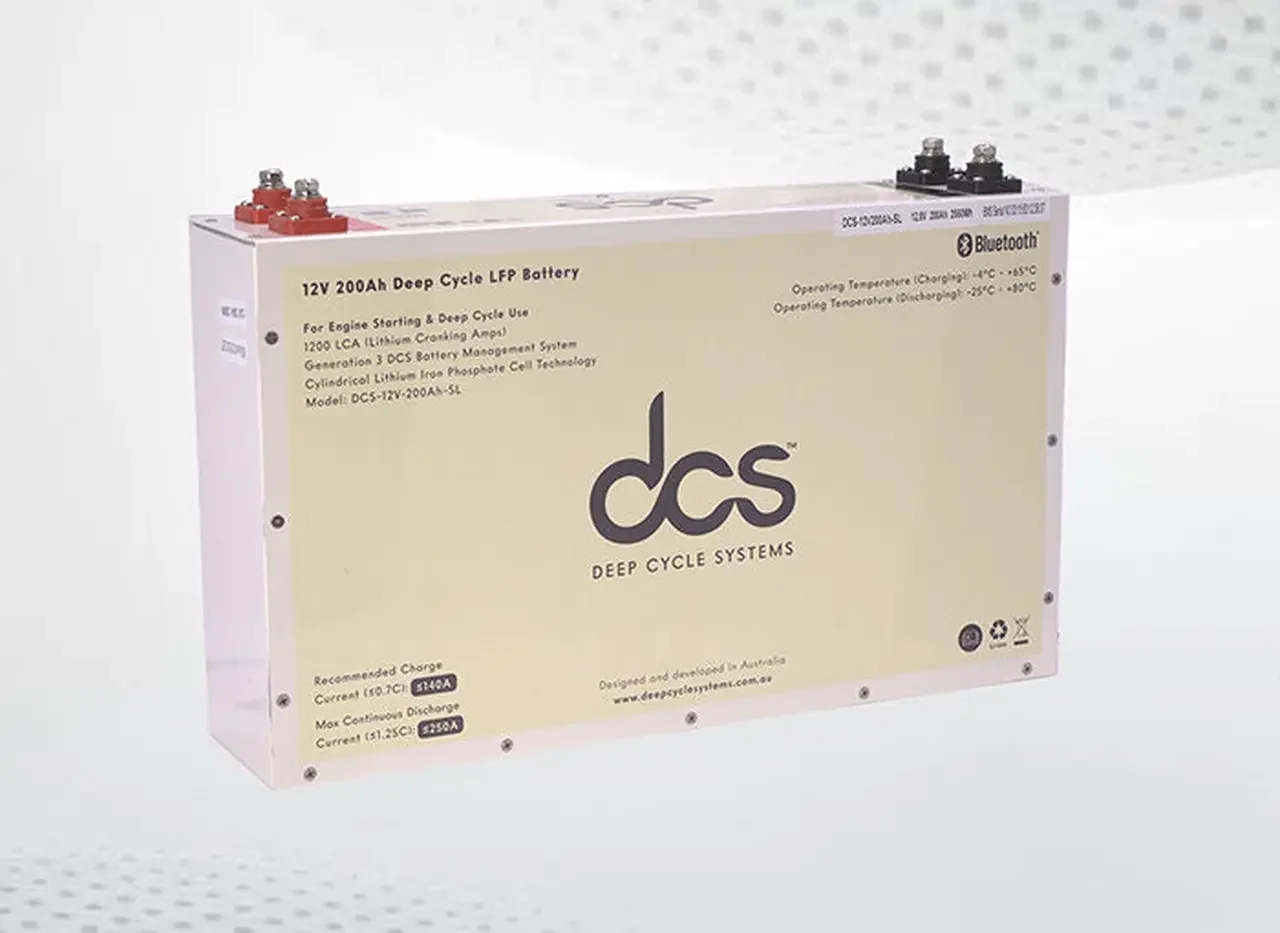If you own a Subaru, you know that maintaining peak performance is key to getting the most out of your vehicle. A critical component in ensuring optimal engine function is the Subaru Map Sensor. This sensor plays a significant role in monitoring the engine’s manifold pressure, which directly impacts fuel efficiency and power output. In this blog post, we’ll dive into how a new Map Sensor can enhance your vehicle’s performance and what you need to know about its maintenance and replacement.
Understanding the Role of the boost sensor subaru
The boost sensor, also known as the manifold absolute pressure (MAP) sensor, plays a critical role in the performance and efficiency of Subaru vehicles equipped with turbocharged engines. This sensor measures the pressure inside the intake manifold, providing essential data to the engine control unit (ECU).
Functionality of the Boost Sensor
The primary function of the boost sensor subaru is to monitor the intake manifold pressure, which fluctuates based on engine load and throttle position. When the turbocharger is engaged, the pressure increases, allowing the engine to draw in more air. The boost sensor detects these changes in pressure and relays this information to the ECU, which adjusts the air-fuel mixture and ignition timing accordingly. This optimization helps maintain engine performance and prevents issues such as knocking or misfiring.
Importance in Engine Performance
A properly functioning boost sensor is vital for maximizing engine efficiency and power output. If the sensor fails or provides inaccurate readings, it can lead to reduced engine performance, increased fuel consumption, and potential damage to the engine components. Common symptoms of a malfunctioning boost sensor include poor acceleration, rough idling, and check engine lights.
In summary, the boost sensor is essential for ensuring the proper functioning of turbocharged Subaru engines. Regular maintenance and timely replacement of a faulty boost sensor can help maintain optimal engine performance and longevity, contributing to a better driving experience.
Common Symptoms of a Faulty Map Sensor
The Manifold Absolute Pressure (MAP) sensor is a critical component in a vehicle’s engine management system. It measures the pressure inside the intake manifold, providing essential data to the engine control unit (ECU) for optimal fuel-air mixture and engine performance. When the MAP sensor malfunctions, it can lead to various issues. Here are some common symptoms of a faulty MAP sensor:
1. Poor Engine Performance
A malfunctioning MAP sensor can cause significant drops in engine performance. You may experience reduced acceleration, sluggishness, or difficulty maintaining speed. The engine may also struggle to respond to throttle input, leading to an overall lack of power.
2. Check Engine Light
One of the most noticeable signs of a faulty MAP sensor is the illumination of the check engine light on the dashboard. When the ECU detects abnormal readings from the MAP sensor, it triggers this warning light, indicating that diagnostic trouble codes need to be checked.
3. Increased Fuel Consumption
A faulty MAP sensor can lead to incorrect fuel mixture calculations, resulting in increased fuel consumption. If you notice that you’re filling up your tank more frequently than usual without any changes in driving habits, the MAP sensor could be to blame.
4. Engine Stalling or Rough Idling
Another common symptom is engine stalling or rough idling. If the MAP sensor sends incorrect pressure readings, it can disrupt the engine’s air-fuel ratio, leading to erratic idling or even causing the engine to stall altogether.
If you notice any of these symptoms, it’s essential to have your vehicle diagnosed promptly to avoid further engine issues.
How to Diagnose a Faulty Map Sensor?
Diagnosing a faulty Manifold Absolute Pressure (MAP) sensor is essential for maintaining optimal engine performance. The MAP sensor measures the air pressure inside the intake manifold, which is crucial for calculating the correct air-fuel mixture. When it fails, it can lead to poor fuel economy, rough idling, and decreased engine performance. Here’s a step-by-step guide to diagnosing a faulty MAP sensor.
Visual Inspection
Start with a visual inspection of the MAP sensor and its wiring. Check for signs of physical damage, such as cracks or corrosion. Ensure the connector is securely attached and the wires are not frayed or broken. A damaged connector can disrupt signal transmission, leading to erroneous readings.
Use a Multimeter
To accurately diagnose the MAP sensor, you can use a multimeter to test its voltage output. With the ignition turned on (but the engine off), measure the voltage at the MAP sensor’s signal wire. The typical voltage range should be between 0.5 to 4.5 volts, depending on the vehicle’s load and engine speed. If the reading is outside this range, the MAP sensor may be faulty.
Check for Diagnostic Trouble Codes (DTCs)
Using an OBD-II scanner, check for any diagnostic trouble codes that could indicate a MAP sensor issue. Codes like P0106, P0107, or P0108 are directly related to MAP sensor malfunctions. If these codes appear, further testing of the sensor and related components is warranted.
Testing Under Different Conditions
Finally, test the MAP sensor under various engine conditions. Start the engine and observe the readings at idle, acceleration, and deceleration. If the readings fluctuate erratically or do not respond as expected, the MAP sensor may be faulty and require replacement.
By following these steps, you can effectively diagnose a faulty MAP sensor and ensure your engine runs smoothly. Regular checks and maintenance of the MAP sensor can prevent more severe engine issues in the future.
Replacement Procedures for the Map Sensor Subaru Forester
Replacing the Manifold Absolute Pressure (MAP) sensor in your Subaru Forester is a straightforward task that can significantly improve engine performance and efficiency. This guide outlines the step-by-step procedures to ensure a successful replacement.
Tools and Materials Needed
Before starting the replacement, gather the necessary tools: a socket set, a torque wrench, a flat-head screwdriver, and an appropriate replacement MAP sensor. It’s advisable to wear gloves and safety glasses to protect yourself during the process.
Step 1: Locate the MAP Sensor
The map sensor subaru forester is typically located on the intake manifold, near the throttle body. Open the hood and identify the sensor, which is a small electronic component with a connector attached. If you’re having trouble finding it, consult the vehicle’s manual for specific diagrams.
Step 2: Disconnect the Battery
To avoid any electrical shorts, disconnect the negative terminal of the battery. This is a crucial safety step that protects the vehicle’s electrical system during the replacement.
Step 3: Remove the Old MAP Sensor
Once you’ve located the MAP sensor, gently disconnect the electrical connector by pressing the tab and pulling it away. Use a socket wrench to remove the bolts securing the sensor to the intake manifold. Carefully lift the old sensor out and set it aside.
Step 4: Install the New MAP Sensor
Position the new MAP sensor in place, aligning it with the bolt holes. Secure it with the bolts, ensuring they are tightened to the manufacturer’s specifications. Reconnect the electrical connector until you hear a click, indicating it’s securely attached.
Step 5: Reconnect the Battery and Test
After the installation is complete, reconnect the negative battery terminal. Start the engine and check for any warning lights on the dashboard. Monitor engine performance to ensure the new MAP sensor is functioning correctly.
Benefits of Upgrading to a New Map Sensor
Upgrading to a new Manifold Absolute Pressure (MAP) sensor can significantly enhance your vehicle’s performance and efficiency. Here are some key benefits:
Improved Engine Performance
A new MAP sensor provides accurate readings of the intake manifold pressure, allowing the Engine Control Unit (ECU) to optimize fuel injection and ignition timing. This leads to improved engine performance, responsiveness, and overall drivability.
Enhanced Fuel Efficiency
With precise data from a new MAP sensor, the ECU can adjust the air-fuel mixture more effectively. This optimization reduces fuel consumption, resulting in better fuel efficiency. Drivers can experience lower fuel costs and fewer trips to the gas station.
Reduced Emissions
An upgraded MAP sensor contributes to cleaner emissions by ensuring the engine runs efficiently. This is crucial for meeting environmental standards and reducing your vehicle’s carbon footprint. Improved combustion efficiency helps minimize harmful pollutants released into the atmosphere.
Early Detection of Issues
Modern MAP sensors are often equipped with advanced diagnostic features. Upgrading can provide your vehicle with enhanced diagnostics, allowing for early detection of potential issues. This proactive approach can prevent costly repairs and extend the life of your engine.
Increased Reliability
Older or faulty MAP sensors can lead to erratic engine behavior and performance issues. Upgrading to a new sensor ensures greater reliability and consistent operation, giving drivers peace of mind knowing their vehicle is in top condition.
In summary, upgrading to a new MAP sensor is a worthwhile investment that can lead to enhanced performance, efficiency, and reliability.
Tips for Maintaining Your Map Sensor
The Manifold Absolute Pressure (MAP) sensor plays a crucial role in your vehicle’s engine management system. It measures the pressure inside the intake manifold, providing vital data to the Engine Control Unit (ECU) for optimal fuel delivery and ignition timing. Proper maintenance of your MAP sensor is essential for ensuring efficient engine performance and preventing potential issues.
Regular Inspection
Begin by regularly inspecting your MAP sensor for any signs of wear or damage. Look for cracks, corrosion, or loose connections in the wiring. If you notice any physical damage, consider replacing the sensor to avoid performance issues. Additionally, inspect the vacuum lines connected to the MAP sensor, as leaks can lead to inaccurate readings and affect engine performance.
Keep It Clean
Dirt and carbon buildup can interfere with the MAP sensor’s function. To maintain optimal performance, clean the sensor using a specialized electronic cleaner. Avoid using harsh chemicals or scrubbing pads that may damage the sensor. Simply spray the cleaner on the sensor and let it dry completely before reinstalling it.
Monitor Engine Performance
Pay attention to any changes in engine performance, such as poor acceleration, stalling, or decreased fuel efficiency. These symptoms may indicate a malfunctioning MAP sensor. If you experience such issues, perform a diagnostic check to determine if the sensor is the culprit. Addressing any problems promptly can prevent further damage to the engine.
Regular Vehicle Maintenance
Incorporate MAP sensor maintenance into your regular vehicle servicing. During routine checks, ensure that the sensor and its connections are in good condition. Following the manufacturer’s maintenance schedule will help you catch potential issues before they escalate.
Conclusion
Investing in a new Subaru Map Sensor is an effective way to boost your vehicle’s performance and ensure efficient operation. Regular inspection and maintenance can prevent issues before they escalate, keeping your Subaru running smoothly. Upgrading to a new sensor provides immediate benefits such as improved fuel efficiency, enhanced throttle response, and reduced exhaust emissions. For turbocharged models, the precision offered by a new Map Sensor is particularly crucial for maintaining optimal manifold pressure. By taking proactive steps to maintain this vital component, you can avoid costly repairs and enjoy a more reliable driving experience.
FAQS
Q1: What does a Subaru Map Sensor do?
A1: The Subaru Map Sensor measures the pressure inside the intake manifold, helping the engine control unit calculate the correct air-fuel mixture for optimal performance.
Q2: How often should I replace my Map Sensor?
A2: While there is no specific interval for replacement, it’s recommended to inspect the sensor regularly and replace it if symptoms of failure arise.
Q3: Can a faulty Map Sensor damage my engine?
A3: Yes, a faulty Map Sensor can lead to incorrect air-fuel mixtures, which may cause engine performance issues and damage over time if not addressed.
Q4: Is it easy to replace a Map Sensor myself?
A4: Yes, with basic mechanical skills and the right tools, replacing a Map Sensor can be a straightforward process for most vehicle owners. However, if you’re unsure, consulting a professional is advisable.
| Related Business Listings |
| Contact Directory |
| Local Business Profiles |




